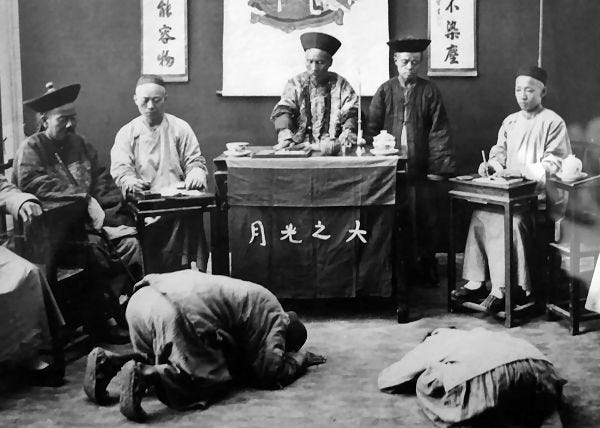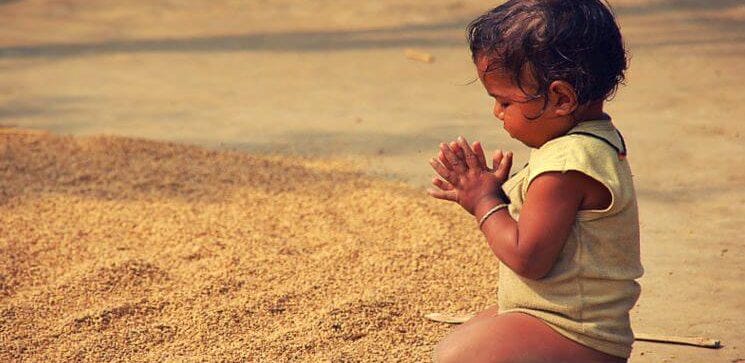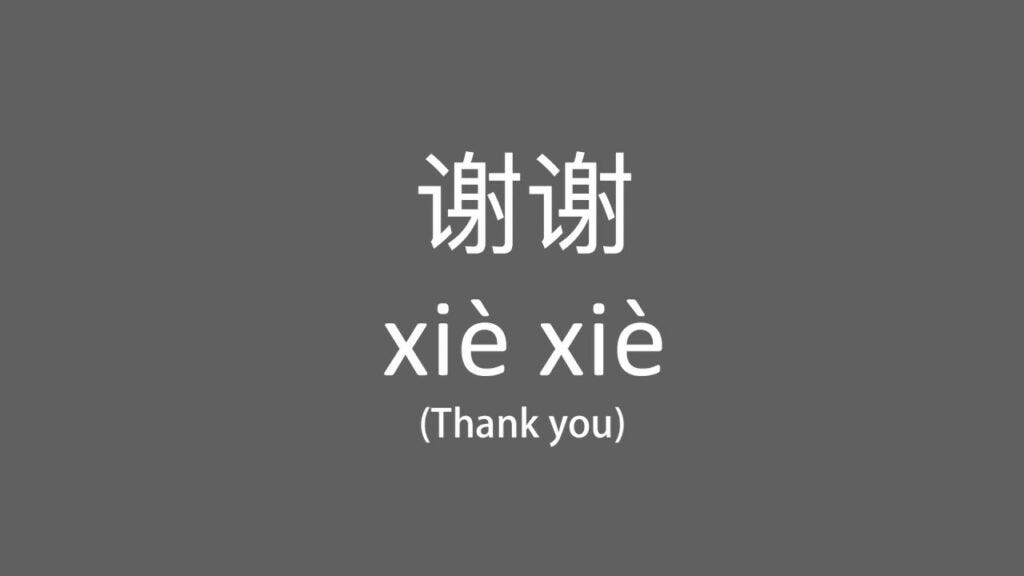I can be accused of thinking for myself. That can be a revolutionary act, especially in these days of group identification. This made me a bit of a pebble in a teacher’s shoes as I wanted to know things like “why, who, what, etc.”. These questions were about forms, techniques, and practice methods. Along with these were questions about traditions. Why do we…?
Asian martial arts are notable for the protocols and expected behaviours around them. They are part of the ambience I talked about the other day. In schools where tradition is maintained, these behaviours are considered mandatory and important. The one that gave me some trouble in the early days was bowing.
This act was expected regarding the teacher and the training hall itself. Bowing into the hall upon entering and exiting. Bowing to the teacher when receiving a lesson, correction, or new information. Bowing to fellow students before and after partner work. It all seemed to have an air of subservience.
As a Westerner, plagued with that independent thinking, I found this subservient feeling unpleasant enough to question whether I wanted to continue training. What did bowing have to do with improving skills? If I had to constantly humble myself over and over without improving my learning, why was I in that school?
The answer came to me in a single moment. It was like a light being switched on.
“This is looking like it will be the worst workshop ever!”, I thought as the minutes ticked by and the teacher had not arrived. It was the Friday night of a Toronto weekend workshop in Nine Dragon Baguazhang with Dr. John Painter and as of 7:45PM, there was no sign of him. With each glance at the clock, my anxiety ticked up a notch, and thoughts of refunds repeatedly popped into my head.
Dr. Painter’s plane was supposed to arrive from Texas at 5PM so we could get him to dinner and then start the workshop at 7. Admittedly, it was a tight schedule, but we’d done it a few times without incident. Not this time.
The students were chatting amongst themselves and getting restless. Then a few minutes before 8, I heard his voice from down the hall. He arrived moments later with a heartfelt apology and an explanation of the issues the airline was having that day. As he outlined the fiasco, I realized it had been possible that his flight could’ve been diverted and he might not have arrived that evening at all!
The rest of the evening went smoothly and the weekend was underway. To say I was grateful would be an understatement, and it gave me my first encounter with the meaning and value of bowing. Simple gratitude.
The second one was the next morning. I arrived at the workshop venue to be told that the room we had rented was double booked in error. It was in a church and one of their groups had arranged the use of that room through a different administrator. For a moment, I felt the ground vanish beneath my feet. Over 30 people were arriving for the workshop and suddenly there was no room available!
The church group leader arrived a few minutes later and I explained the situation to her. It turned out that it was a smaller section of the choir that was rehearsing and they had selected that room for its acoustics. There was a smaller room that could accommodate the choir, although without the sound quality. But she took pity on me and agreed to let us have the room. Whew!
Once again, I felt the same relief I’d experienced the previous evening along with the accompanying gratitude. I suddenly understood the practice of bowing, both to the teacher and to the training hall. Simply put, if these elements were removed, no workshop would happen!
I was bowing to say thank you from my heart. In the case of the teacher, I was bowing to his function or role, not to the person. His function is as the representative of a long line of teachers, without whom the art I was learning would not exist. In the case of the training space, I realized that I was saying thank you for its existence since it was required for the learning to take place.
Finally, while it would be adequate to simply feel gratitude, there is something tangible about connecting that feeling to a physical gesture. Bowing involves the entire body. Combining it with the thought of “thank you” connects it to the mind. Combining these with a genuine feeling of gratitude connects them to the spirit. This body-mind-spirit unity is what internal arts is all about.
There was a time when I thought bowing was an act of subservience. That weekend, it became tangibly clear to me that the entire spirit of internal arts training could be contained in the seemingly simple gesture of bowing.






